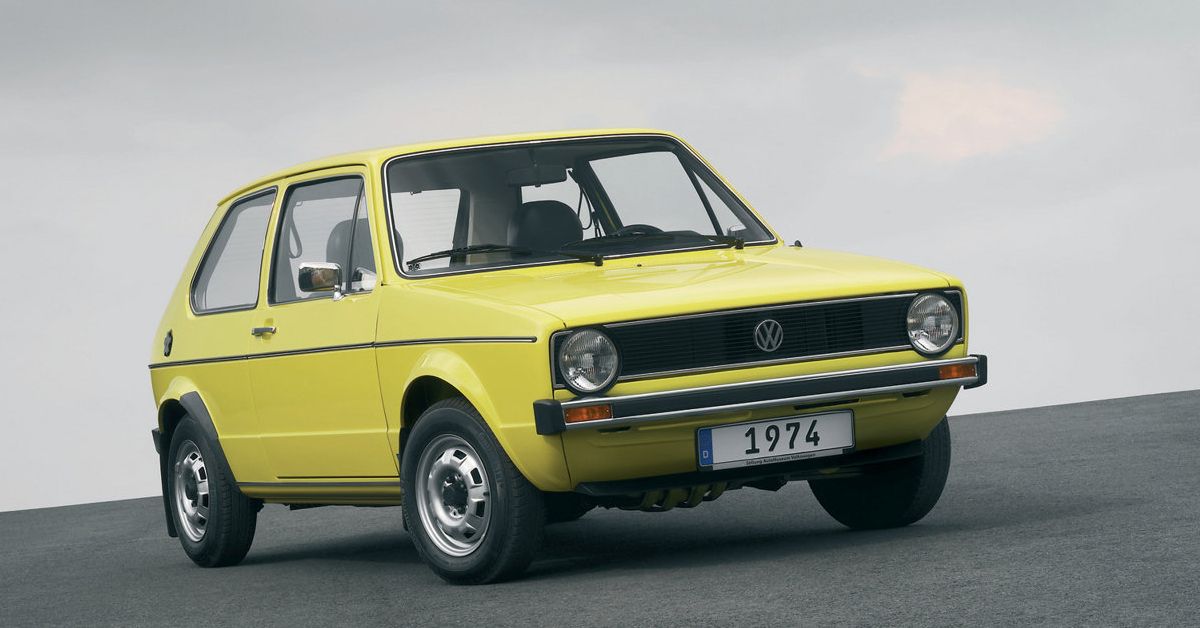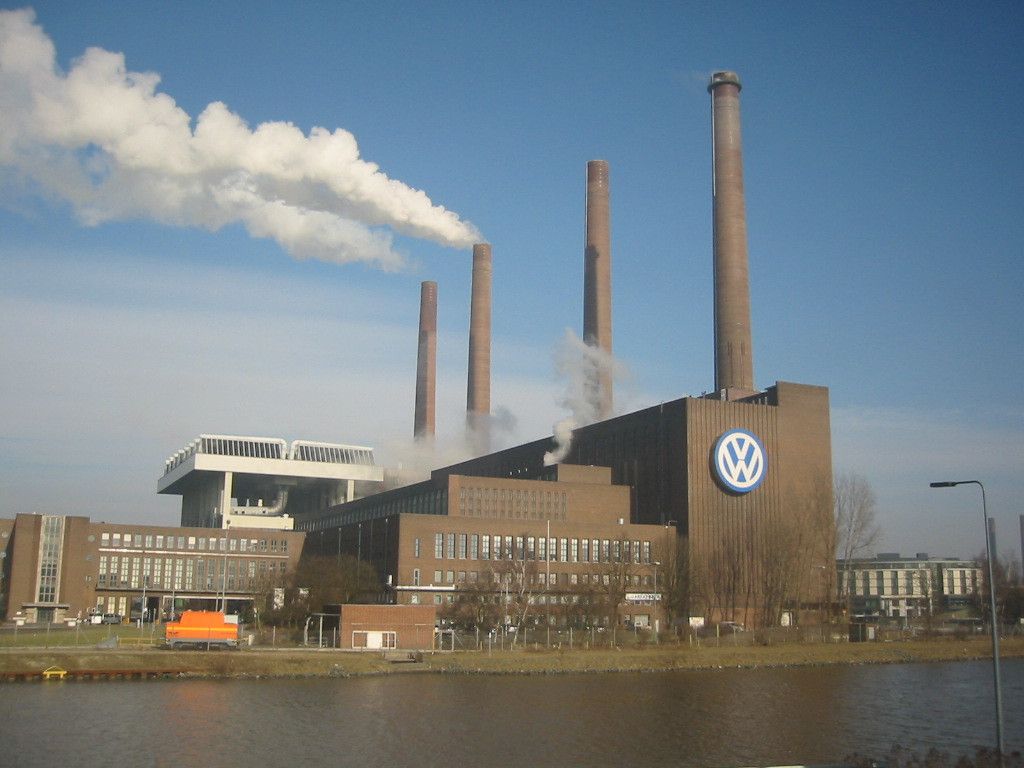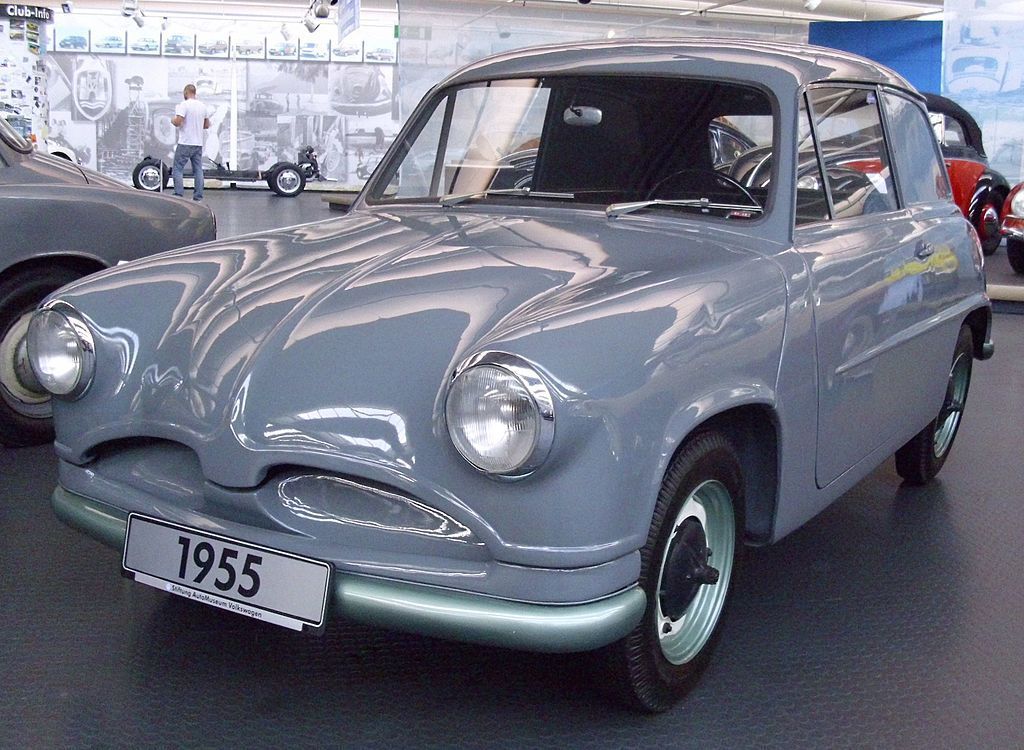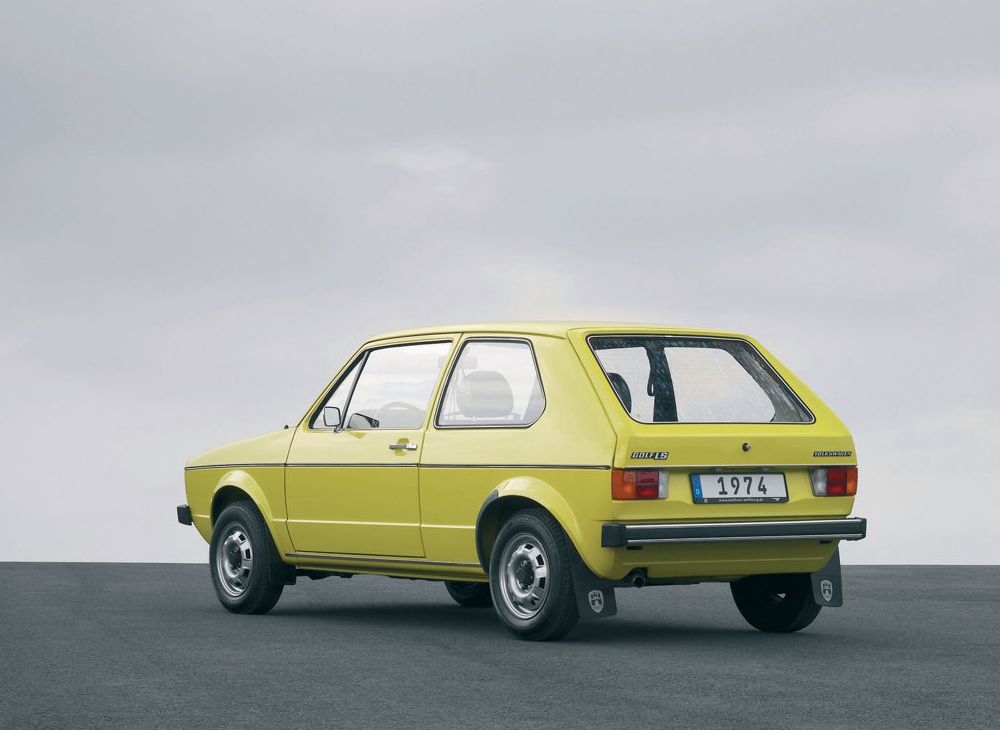The first Volkswagen Golf was one of the vehicles that helped define a generation and launch a brand-new fashion trend: the hatchback. Although others, including the Austin A40, had the concept first, nobody had packaged it as well as VW.
Contrary to popular belief, the Golf wasn't the first VW vehicle to feature a front-engine, front-wheel drive. VW created it to replace the iconic Beetle and couldn't have been more different. With the larger Passat, the German marquee had tested the idea in 1972, while Audi had been employing front-wheel drive since the 1960s.
The controversial K70 saloon, which the acquisition of NSU forced upon the firm, was VW's first attempt.
The MK1 Golf, which debuted in 1974, combines a brisk, refreshingly new appearance with spirited water-cooled engines. Regardless of engine size, the range benefited from minimal weight, precise steering, and revolutionary suspension, which led to a ton of driving fun.
Let’s look at how the Volkswagen Golf MK1 saved Volkswagen.
What Was Volkswagen Going Through Before The Golf MK1?
One of the most famous and beloved vehicles ever made, the Volkswagen Beetle, served as the foundation for the Volkswagen Golf. Naturally, the company created a number of variations during its prime, from the 1940s to the 1960s. VW was, however, faced with a significant problem.
By the early 1970s, it had tried a number of successors, including the Type 4 and the mid-engined hatchback, EA266 designed by Porsche. VW made 50 prototypes of the EA266. Rudolph Leiding, the new CEO of Volkswagen, canceled this, though, just before it was set to go into production.
VW invested heavily in a completely new line of vehicles under the new management, first with the Passat and then the Golf MKI, which had a brand-new front-wheel-drive base and straight-four engine. Volkswagen had good fortune since it became popular right away.
Volkswagen’s Early Failures That Led To The Golf MK1’s Success
VW explored over 70 prospective Beetle replacements or modifications, including the EA47-12 prototype. It was the 12th of 15 prototypes developed as VW's initial effort at a Beetle replacement between 1953 and 1956. It had Ghia bodywork and a 1,192-cc air-cooled boxer-4 engine with 30 horsepower and a top speed of 50 miles per hour.
Other prominent characteristics included a transverse-link front axle, a torsion-bar rear suspension, and an unusual for the time synchronized transmission.
At the same time as the EA47 series was being developed, VW explored a new model that would be smaller than the Beetle. Volkswagen finished the EA48 prototype in 1955, which featured front-wheel drive, a 0.7-liter air-cooled flat-twin engine producing 18 horsepower, and a McPherson strut front suspension.
With a peak speed of 60 mph, this prototype outperformed the EA47-12.
While these early initiatives only produced one-off prototypes, VW produced 200 hand-assembled pilot models of the EA97 in 1960. This showed that this potential Beetle replacement was significantly closer to production.
According to VW, they killed it off while workers were establishing manufacturing lines. This was because it was too close to the Beetle and Type 3. At the time, it appears that officials were not entirely committed to replacing the Beetle.
A Type 3 convertible was also explored as a more upscale alternative to the Beetle convertible. VW produced a single prototype in 1961, but the role was eventually taken by the Karmann Ghia, based on the Volkswagen Beetle.
The 1963 EA128 was the following vehicle, a four-door sedan with seating for six and powered by a 2.0-liter 4-cylinder Porsche 911 engine that made its debut in the same year.
VW finished the EA142, a rear-engine hatchback, three years later. The same 1.7-liter 4-cylinder powered it that VW would subsequently use in the Type 4, which went on sale in 1968.
VW was approaching what would eventually become the Golf by 1969. Like the Golf, the EA276 was a boxy front-wheel-drive hatchback, but an air-cooled engine from the Beetle powered it.
The VW team finished the EA266 in the same year. It was a mid-engine hatchback with a longitudinally placed, water-cooled 1.6-liter 4-cylinder under the back seat.
The Volkswagen Golf MK1 Astounding Sales That Saved Volkswagen
Since its debut in 1974, people have referred to it as the fabled forerunner of the compact class, also known as the "Golf Class." Since then, the Golf has forced everyone else to compete. Due to the Golf's status as a global bestseller, not just locally but also internationally.
From the Beetle to the Golf, there was a fundamental transition. VW produced a completely new vehicle layout at the time with the change from an air-cooled rear engine to a water-cooled front engine.
Angular replaced round, which was a paradigm shift. The distinctive wheel arches, horizontal front with the narrow grille and headlamps extending downward, and silhouette with the upright, solid C-pillar were the Golf MK1's distinctive features.
The first Golf left Wolfsburg's production line in March 1974. The opening line of the advertisement was "The new popular sport: Golf"—a prediction that came true. The first generation left its mark, succeeding the Beetle with sales of 6.99 million units, according to VW.




